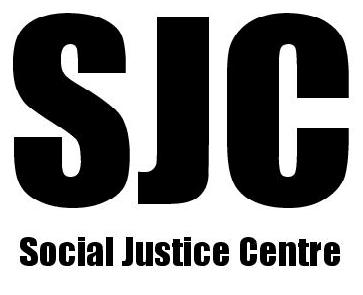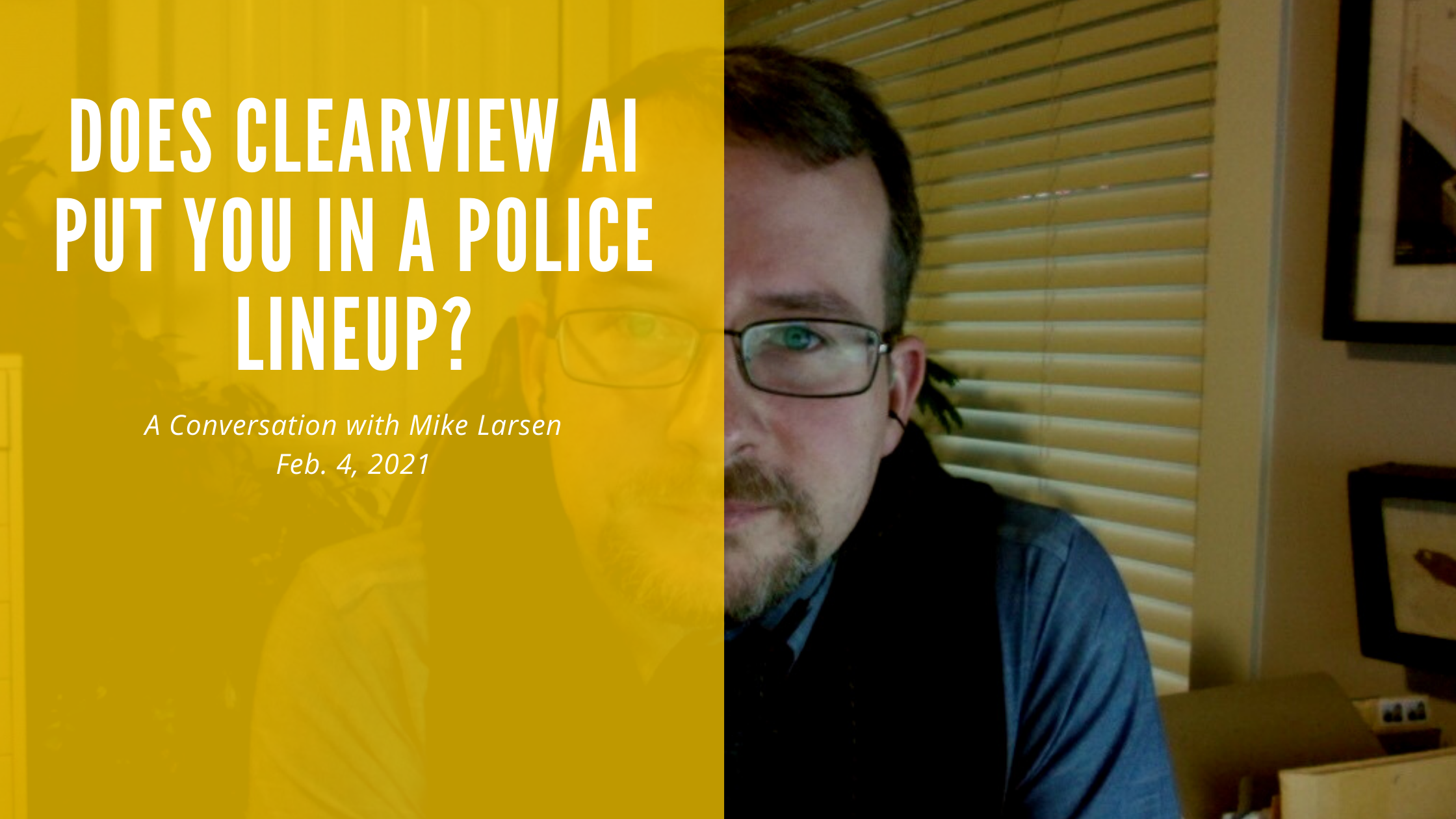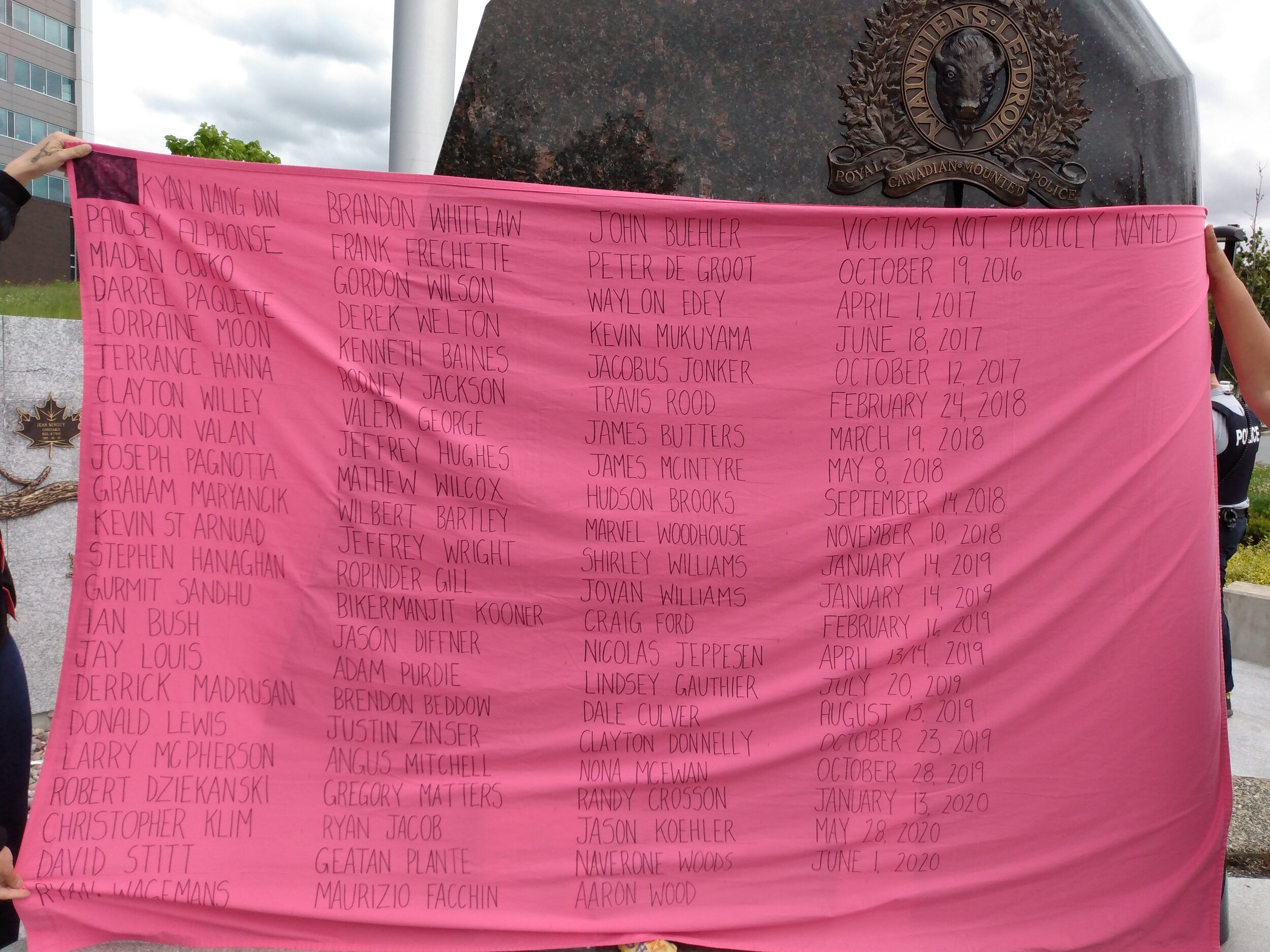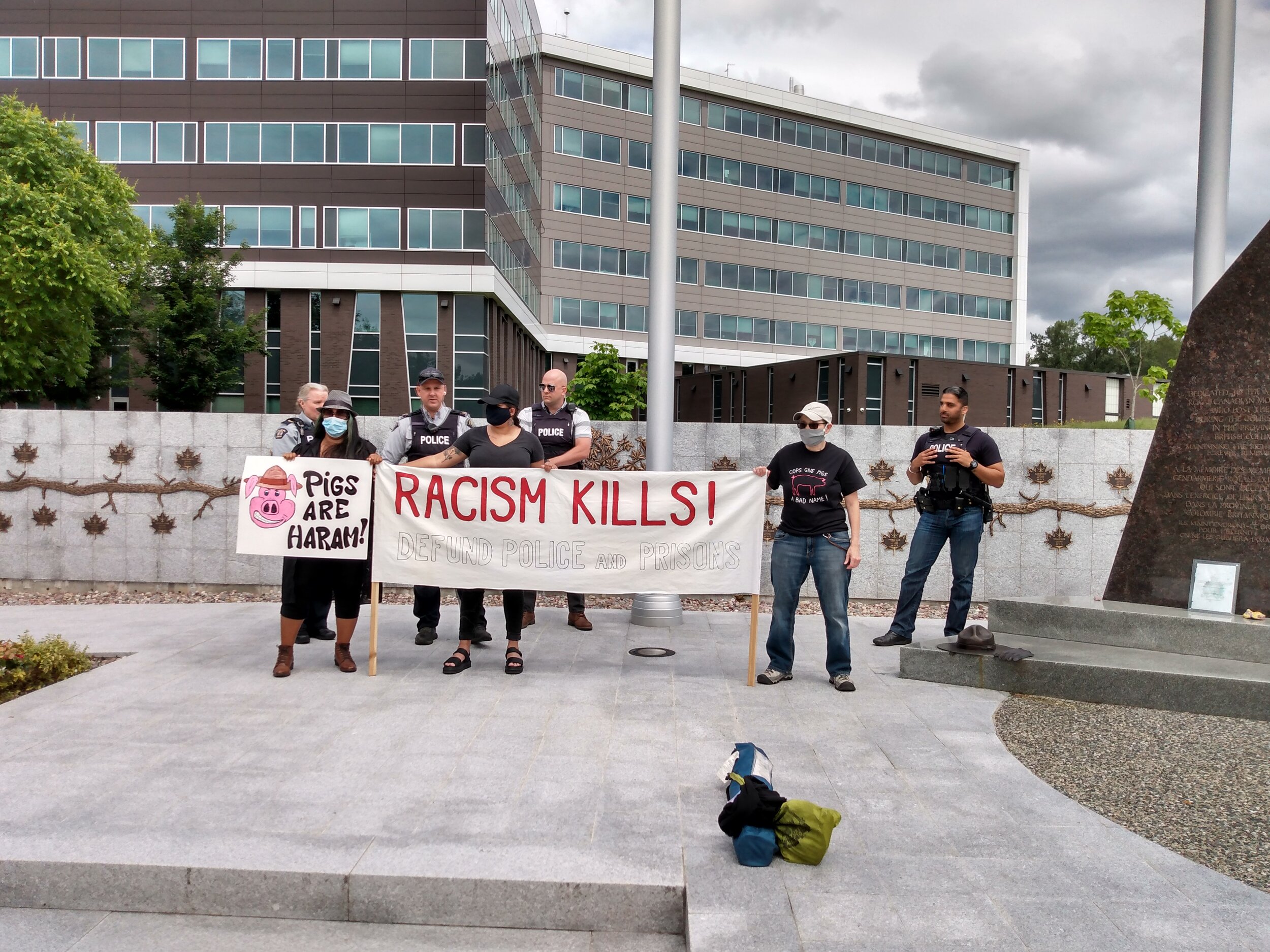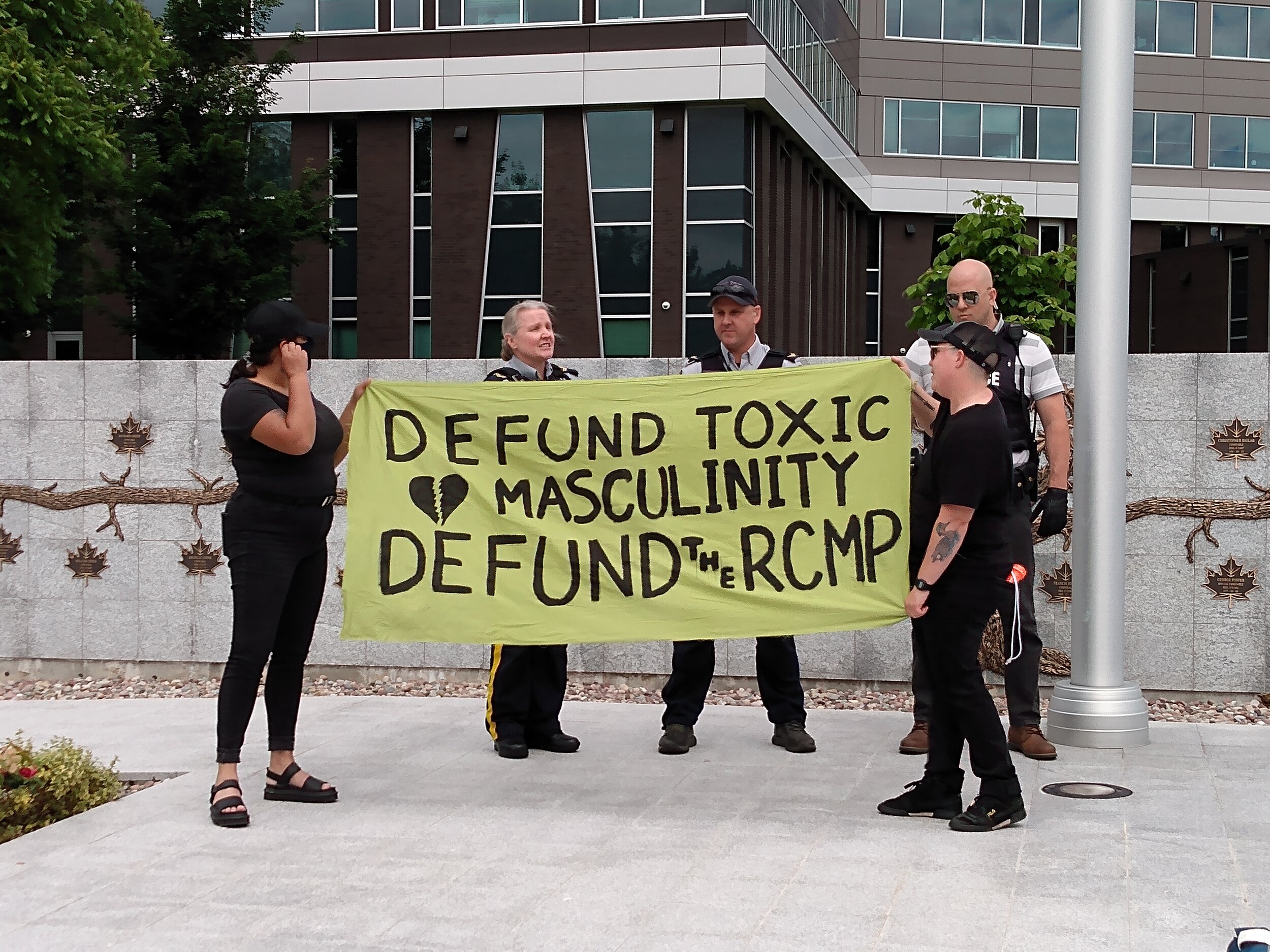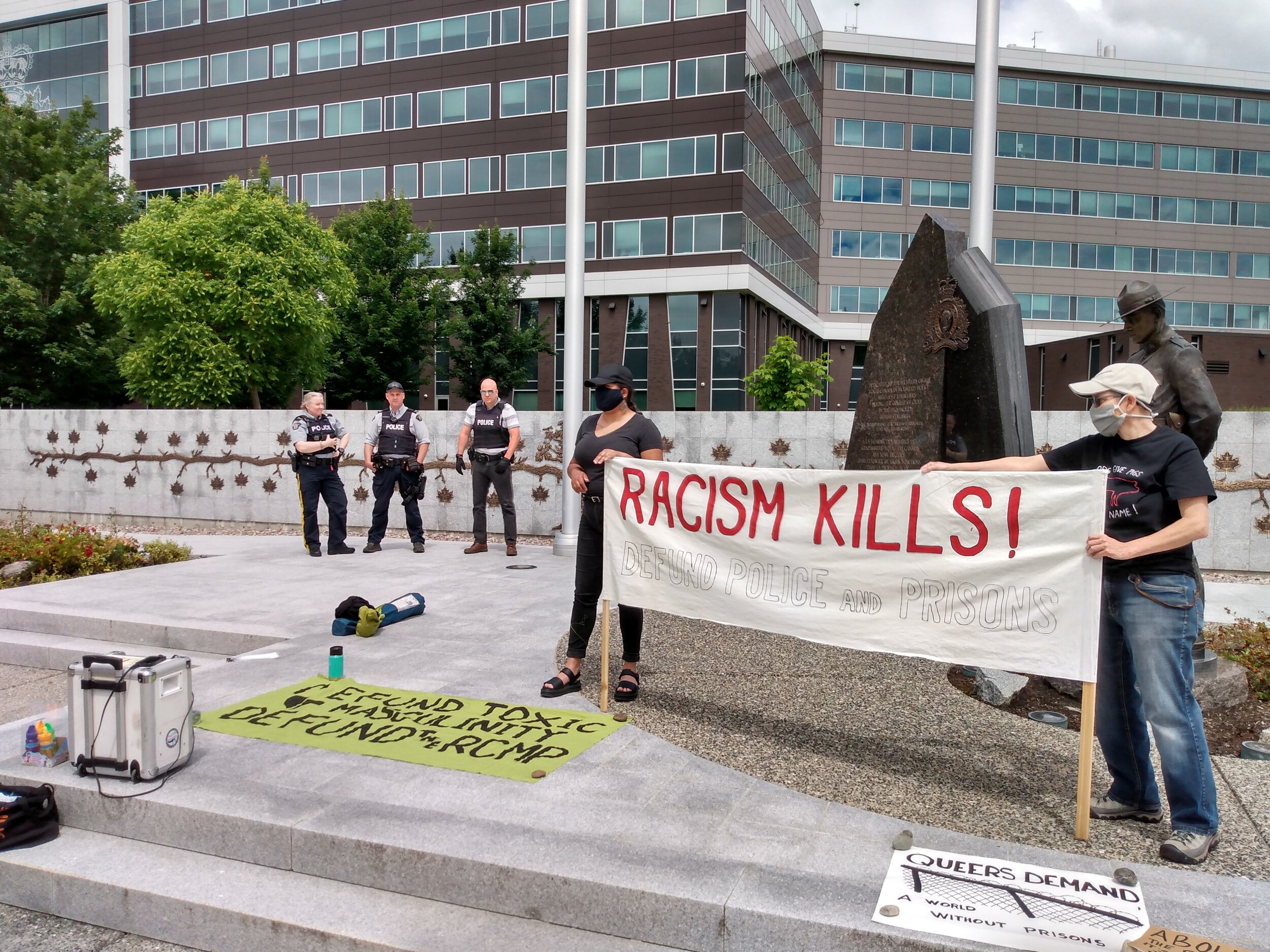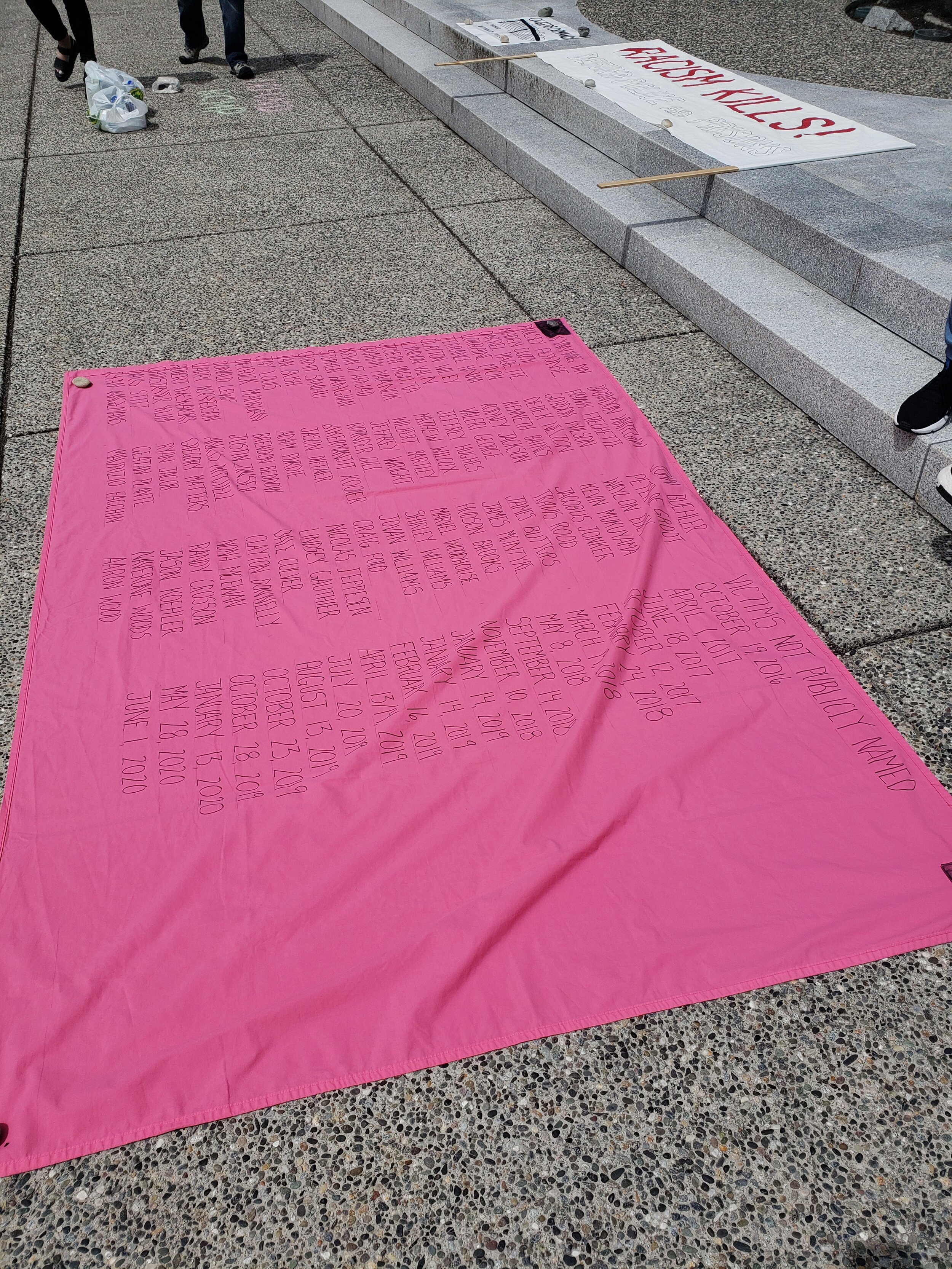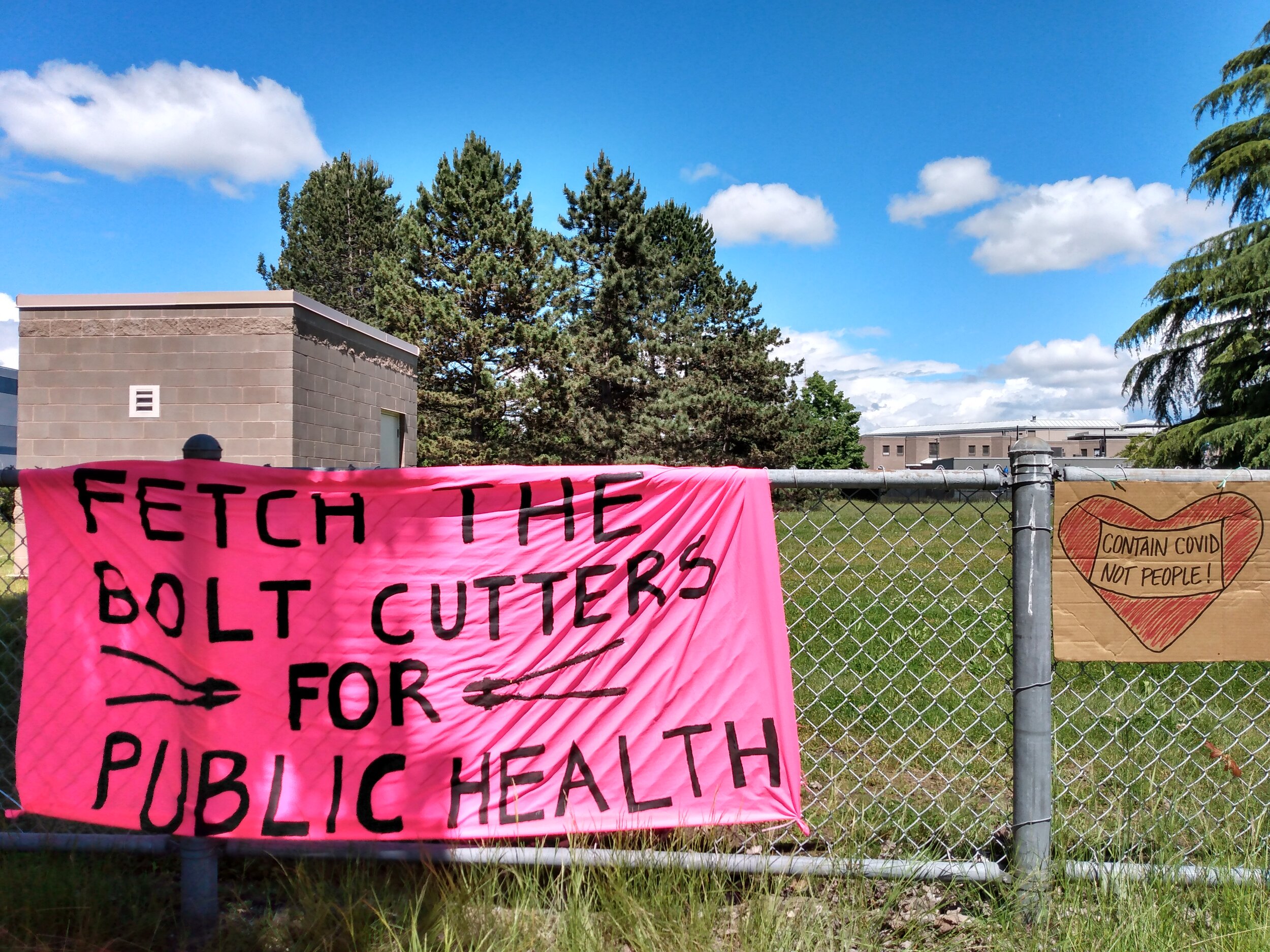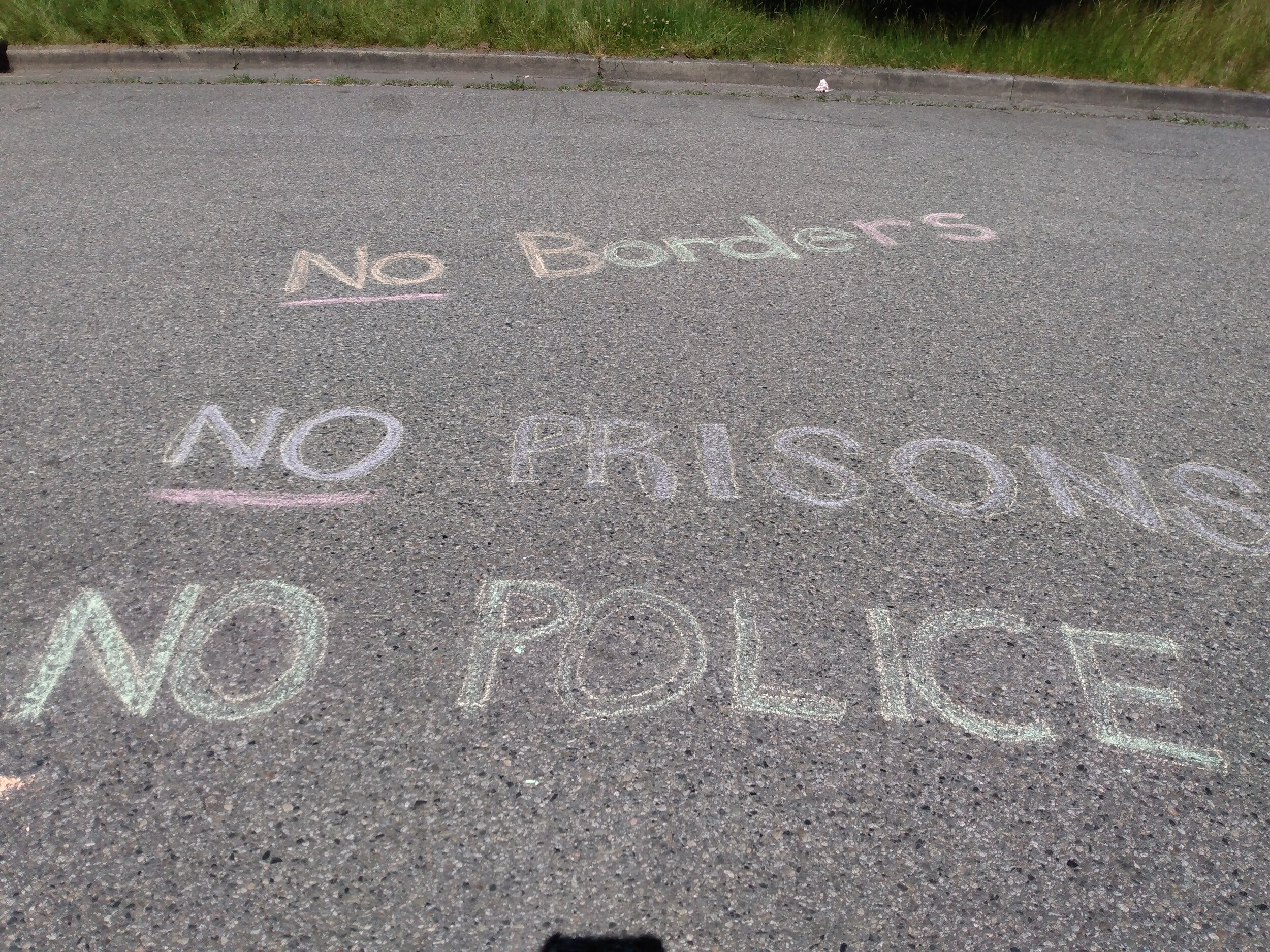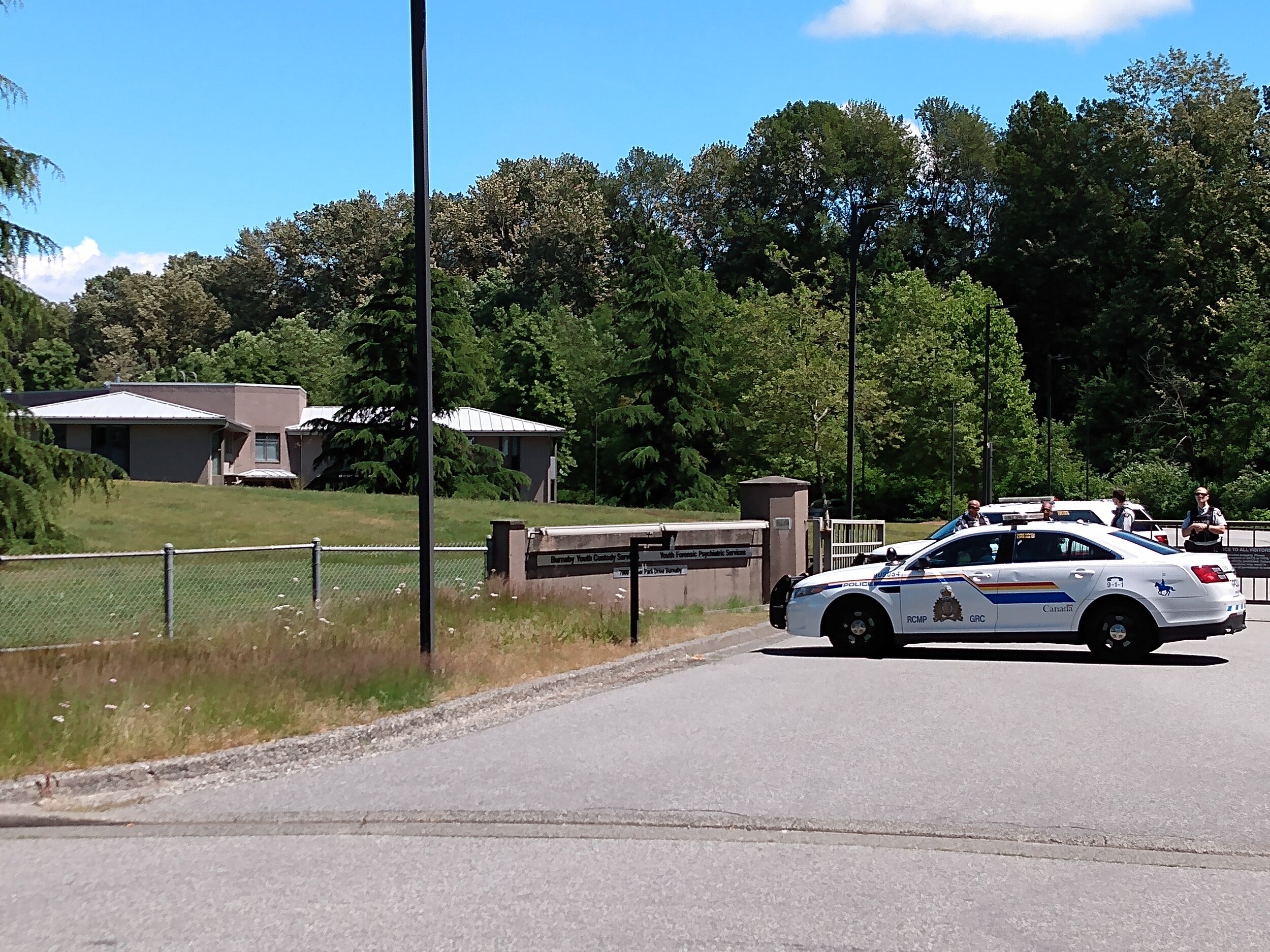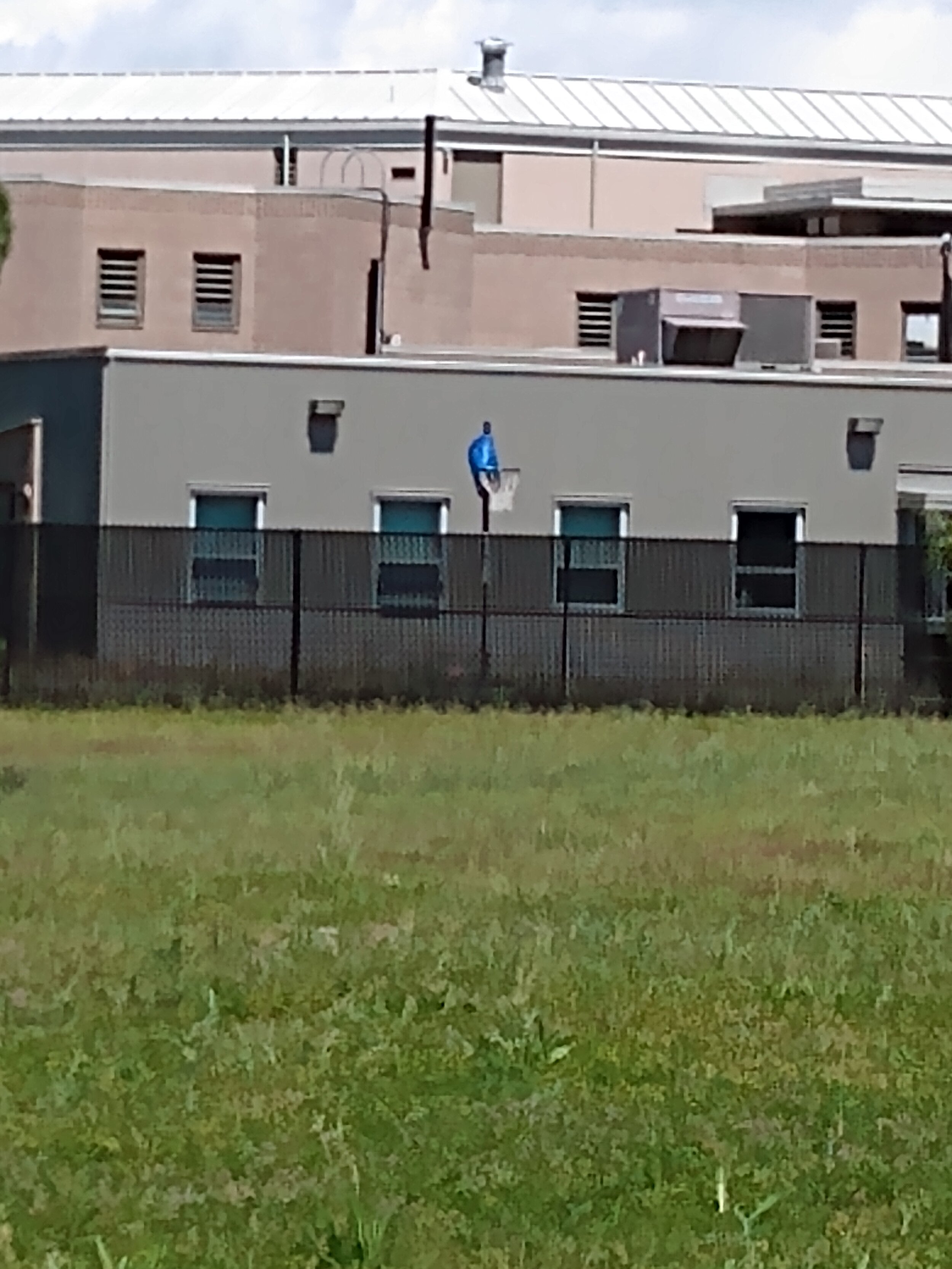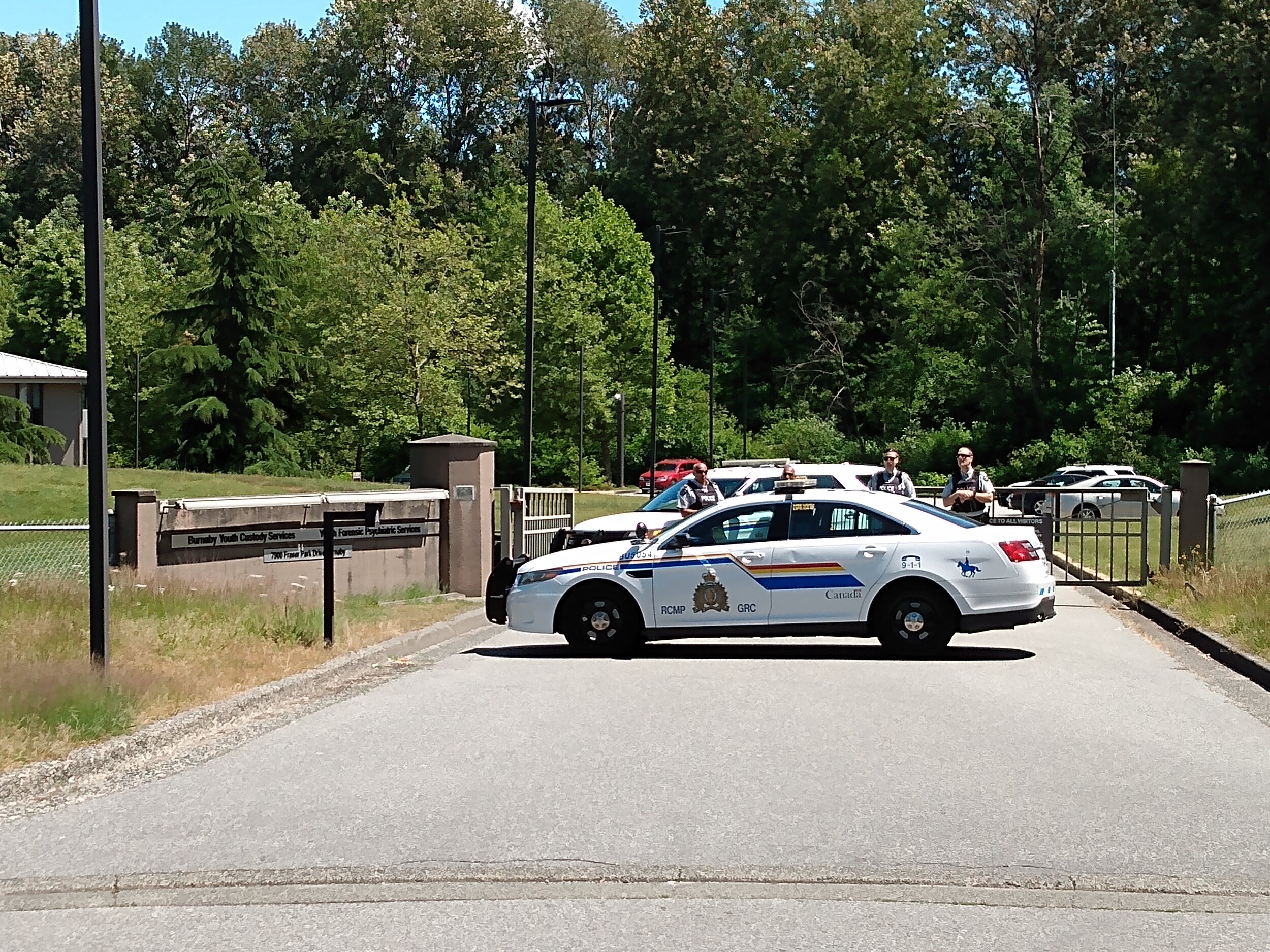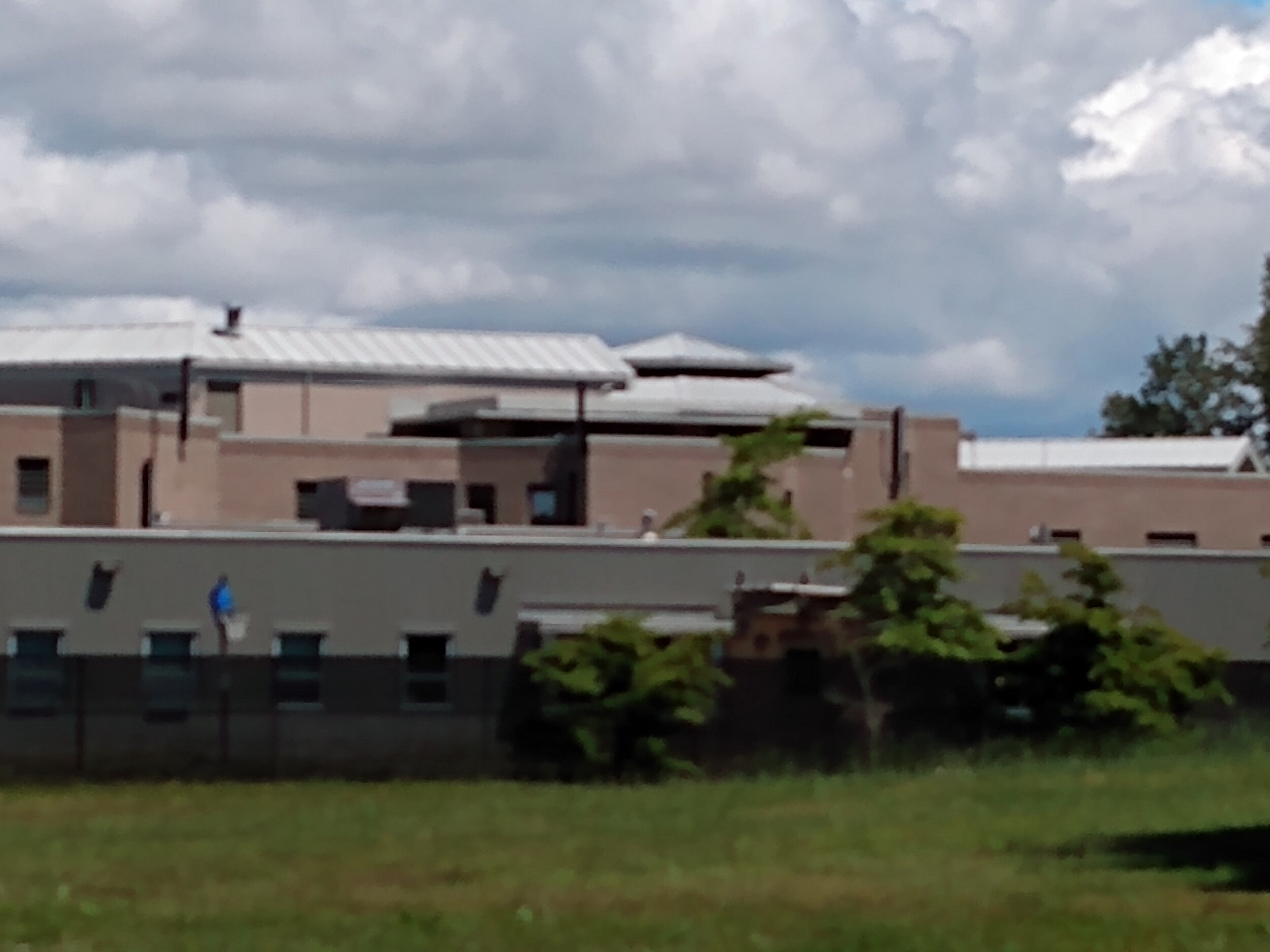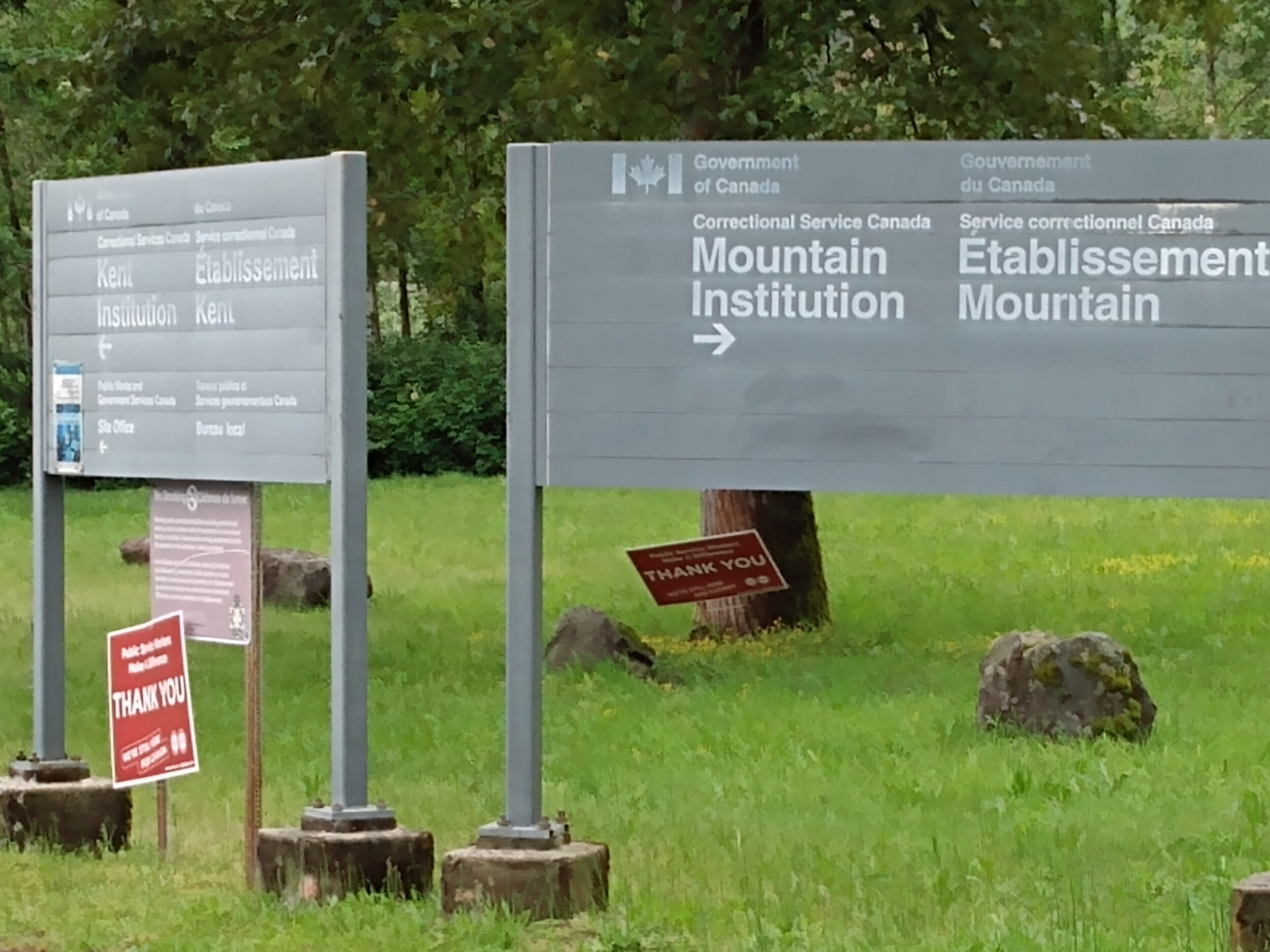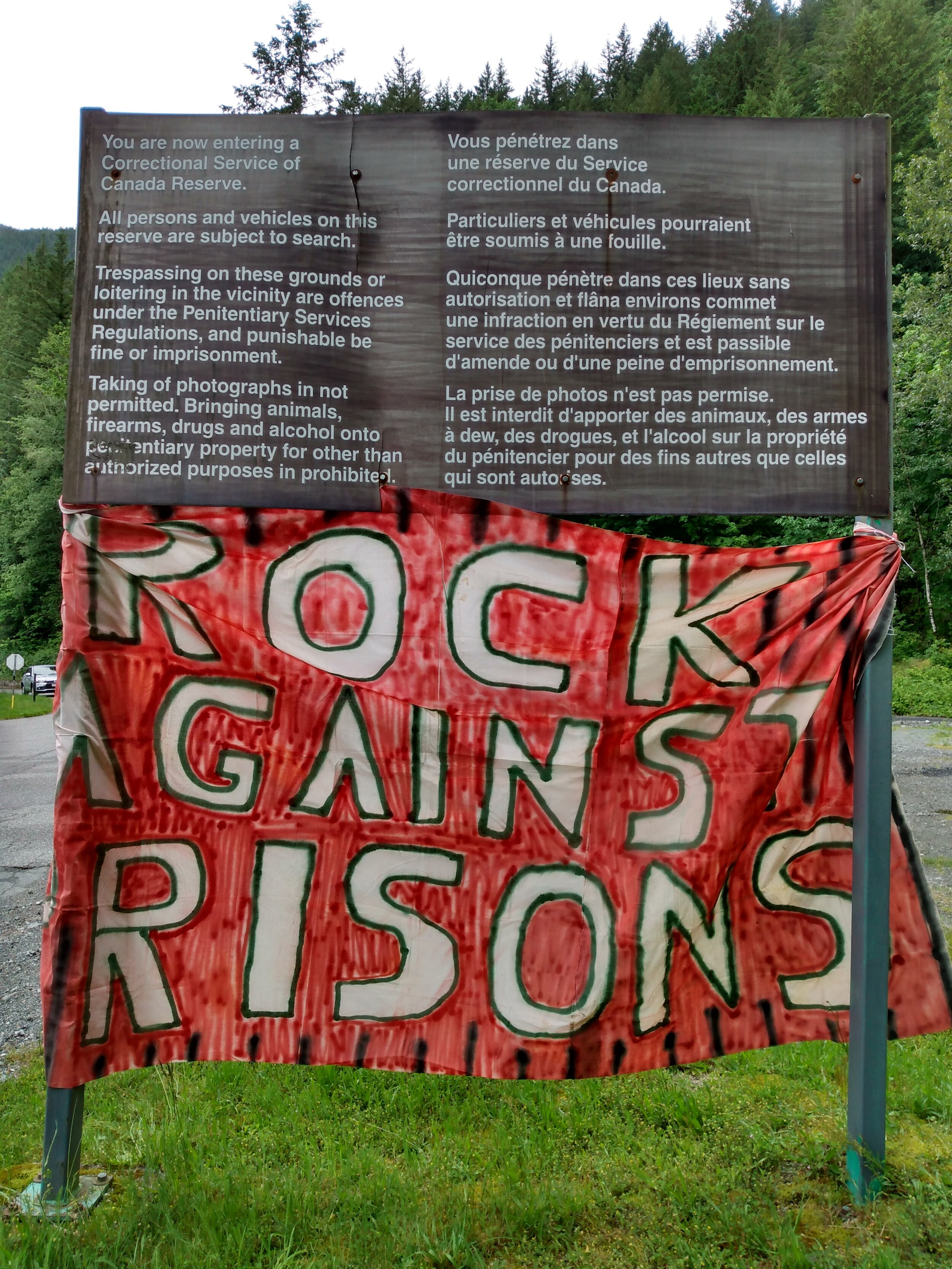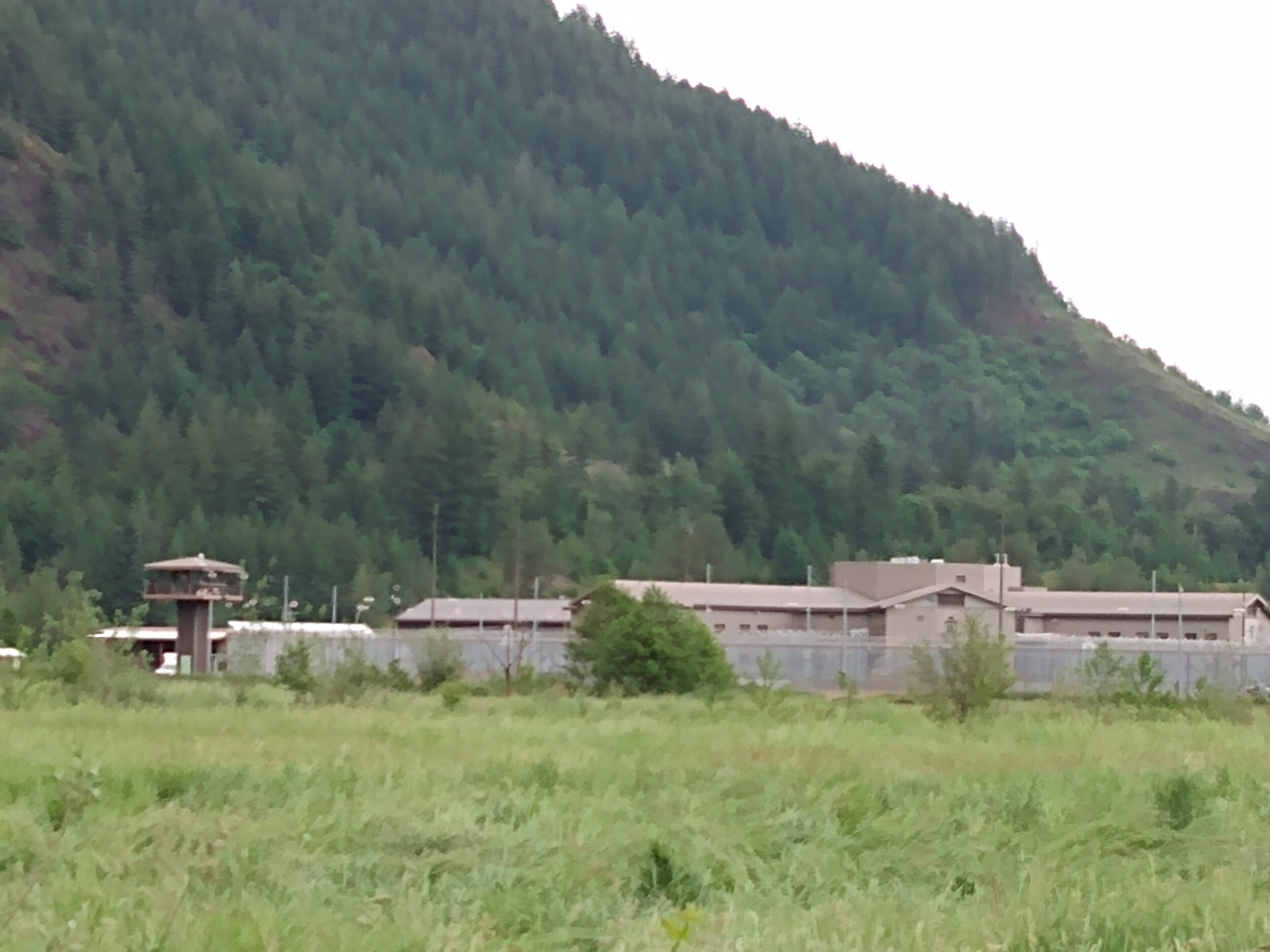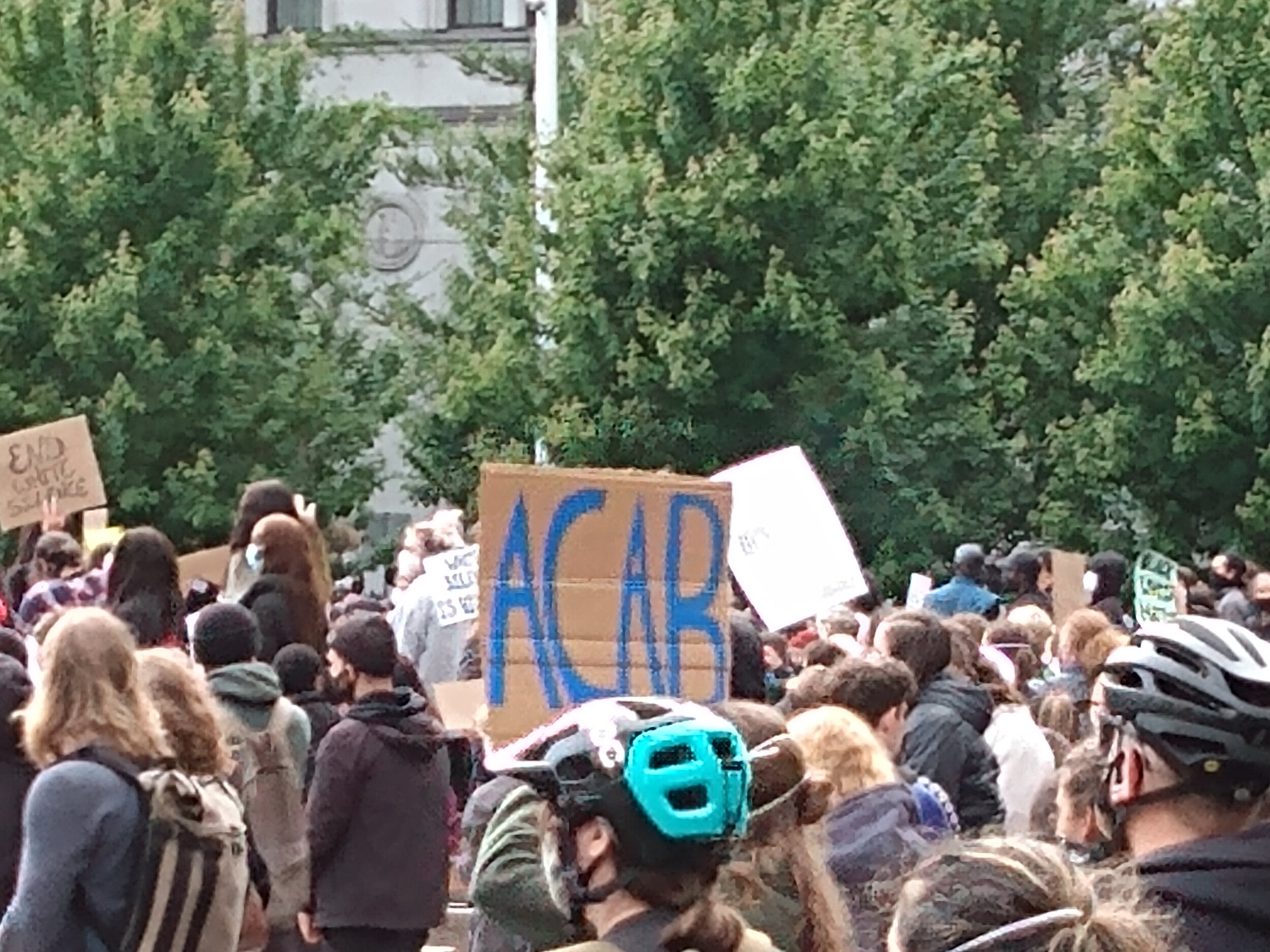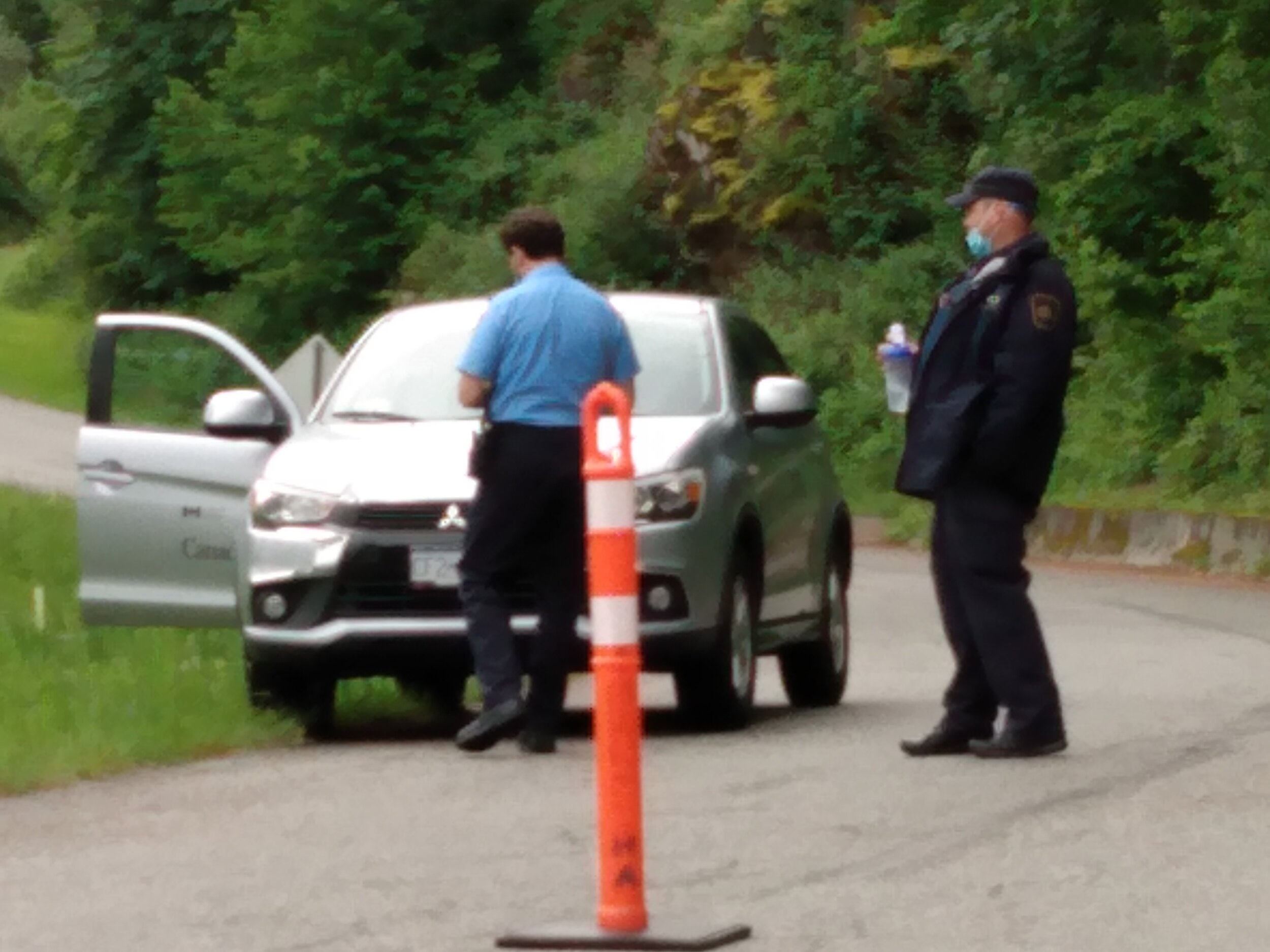By Hiromi Goto and Rita Wong
In light of the extremely disappointing decision by the BC government to spend $16 billion on a dam that perpetuates environmental racism, violates Treaty 8, and accelerates the climate instability that leads to mass extinction, we are posting a letter from the future that offers a better way forward, previously published by the Vancouver Observer in 2017. This future is what the National Farmers Union and the Dogwood Initiative are asking people to support here.
People can also support the West Moberly First Nations legal battle to protect the Peace Valley at: https://raventrust.com/campaigns/sitec/
Note that the Milburn report states, "Finally, we find it important to note the risk of additional geotechnical issues on this project continues at the time of writing.” In other words, they don’t know how to build the dam safely in an area that has already seen TWO landslides, is near fracking operations, and is called “the Walking Hills” by Dane Zaa people for good reason, based on the shifting shale of the region. Respect for Indigenous people’s knowledges is not only ethical, it is practical and necessary in our collective response to climate change.
September 17, 2117
My dearest granddaughter,
Your mother and I picked our first batch of carrots today. They are crisp and sweet, fresh as the good organic soil in this rich Peace River valley. Our yellow watermelons were plump and plentiful this summer. And the beans! Such an amazing crop, we are so proud and joyful to be able to feed our beautiful produce to all the folks in Northern BC. The beets and potatoes will be harvested soon; good nourishing food for the coming winter. I ran into Janice at the hardware store the other day. She told me that the West Moberly First Nation has added three more greenhouses. They’re also sending medicinal plants and trees to the regions hit by extreme climate surges because this will help to heal the land. All of the farmers are busy harvesting. The Peace River Valley is such a generous place. We work hard on it, and it feeds us so well. We don’t need to rely so heavily upon imported food. And this has made us all richer in ways beyond the dollar.
It’s hard to believe that a 100 years ago, when my own grandmother was a teenager, the government had been on the verge of building a dam in this very place. Site C, they were calling it…. I can hear the rolling waters of the Peace through the open window, such a glorious sound. To think this music could have been stopped up by an enormous destructive dam! That this fertile valley would have been flooded by waters, and all of the complex ecosystems along the waterways irreparably damaged….
History is not just a story from the past—it’s a crucial part of the present. Because what’s happened back then has shaped where and what we are now. And this also shapes the future that lies before us. Knowing the past is an important way of changing the future. How grateful, I am, to have arrived here and now. It frightens me to think how easy it could have been for everything to turn out differently.
I’m probably saying things you already know; you’re studying history, after all. But you’ve asked me to tell you everything I know about what happened with the Site C dam, in my own words.
For a while the project almost went ahead. Many people were given misleading or partial information, made to think that all of the money already spent in design, clearcutting the land to start construction, would be money “spent for nothing” unless the project hit completion. But this was a way of thinking that did not even begin to consider the worth of clean flowing undammed waters, or intact ecosystems, or the huge amount of wealth in protecting carbon sinks. It was hard for many people to imagine such things as riches if they couldn’t see it as big numbers on a spreadsheet. Thankfully, organizations like the David Suzuki Foundation pointed out how ecosystem services were actually worth many billions each year in perpetuity.[1] And a growing number of people began thinking more seriously about ecological wealth as the base measure instead of endless economic expansion. An awareness that ecology and economy are not two things in conflict, but kin who are related and need to take care of each other.
And that without a healthy planet and clean waterways, we are all lost.
Back then, cultural knowledges, sacred sites, and our relations with the plant and animal people were not considered important by many people. Wealth was thought of mostly in monetary ways. I can hear you laughing your great loud laugh, my granddaughter. It may sound preposterous to us now— but not so long ago this is what the majority of people believed, and this kind of thinking was what led to mass extinctions during the height of the Anthropocene.
We scarcely made it. The long-term effects of climate destabilization are still playing out on our planet. The frequent storms and erratic weather make it challenging to grow these life-sustaining crops. Imagine if we didn’t have this land to grow anything at all. Unthinkable.
The dam wasn’t only about economics and the environment— it was also a keystone moment in the shifting relations with Indigenous peoples. When BC terminated the project, it was the first meaningful step forward in reconciliation and also an action that finally affirmed the United Nations Declaration on the Rights of Indigenous Peoples by respecting the people at ground zero of the dam site, the West Moberly First Nation.
The supporters of the dam project argued that the dam was “green energy”, and that it would create jobs for a lot of people. But the truth was, the final cost of a completed dam would have put BC citizens into debt for three generations, only to create a surplus of electricity for which there wasn’t an actual human need. And the temporary boost of construction jobs would have dried up after the project had finished. A short-term burst of employment figures, that looked like a winning strategy, but didn’t have any long-term benefits. A boom and bust model.
People need to eat. The building of the Site C Dam was a project that would have created a lot of jobs. But when they chose to stop the dam, it opened up the way for other kinds of jobs—remediation positions, conservation, and renewable energy jobs like solar and wind energy. These jobs lasted longer than the one-off building of the dam.[2] Many of these jobs still employ people today.
A society does not change suddenly. But there comes a time when a society must change. In the early part of third millennium intense climate change was melting the polar caps. Extreme storms, extended droughts, and mass migrations because of the effects of global warming were causing much damage, starvation, and unrest all over the planet. 15,000 scientists from 184 countries worldwide signed a letter of warning we were on the road to Earth’s destruction.[3] It became urgently clear that no one saviour was going to make things right, that no single technology was going to “fix” what was wrong.
It was a time for every person to shift the way they thought about what was a “normal” life.
The shift in thinking was the first step toward a shift in doing. As extraction models of doing business became obsolete, there have been enormous advances in understanding the relational workings of global climate and biome health as being enriched and strengthened by every living creature on this planet. Led by the traditional knowledge keepers of this land, Indigenous philosophy and sciences are expanding and deepening the ways we think; how we live with the land, water, plant and animal kin. How we live with each other.
My grandmother was first, a farmer, but joined a movement of scientists, members of the West Moberly and Prophet River First Nations,[4] scholars, Indigenous people,[5] workers, environmentalists, [6] human rights activists, cultural organizers, poets, water protectors, and more, to fight the building of the dam. She always told me that the conviction and love of a small group of dedicated people is enough to start a ripple of change through an entire population. We are here, in this now, to acknowledge her wisdom. Grandmother, you are right. She told me that it is important to remember this history, and to keep it for the future generations. This gift I pass onto you, with love and gratitude.
Granddaughter, I look to you now, as you move forward toward a future that holds far more possibilities than my own grandmother could have ever imagined. I thank you for asking me about the past. I thank you for your curiosity, and your caring. Know that your ancestors support you. And you carry us with you into the beautiful unknown future.
[1] The Peace Dividend, https://davidsuzuki.org/science-learning-centre-article/peace-dividend-assessing-economic-value-ecosystems-b-c-s-peace-river-watershed/
[2] Nov 17, 2017 Briefing Notes, Program on Water Governance, http://watergovernance.ca/projects/sitec/
[3] https://www.bostonglobe.com/metro/2017/11/13/more-than-scientists-worldwide-warn-that-earth-road-destruction/isvMV5MMREYzflCYetbR0N/story.html
[4] Peace River Rising http://www.cbc.ca/shortdocs/shorts/peace-river-rising
[5] http://discoursemedia.org/gender-and-identity/women-site-c-concerns-impacts-hidden
[6] http://peacevalley.ca/
